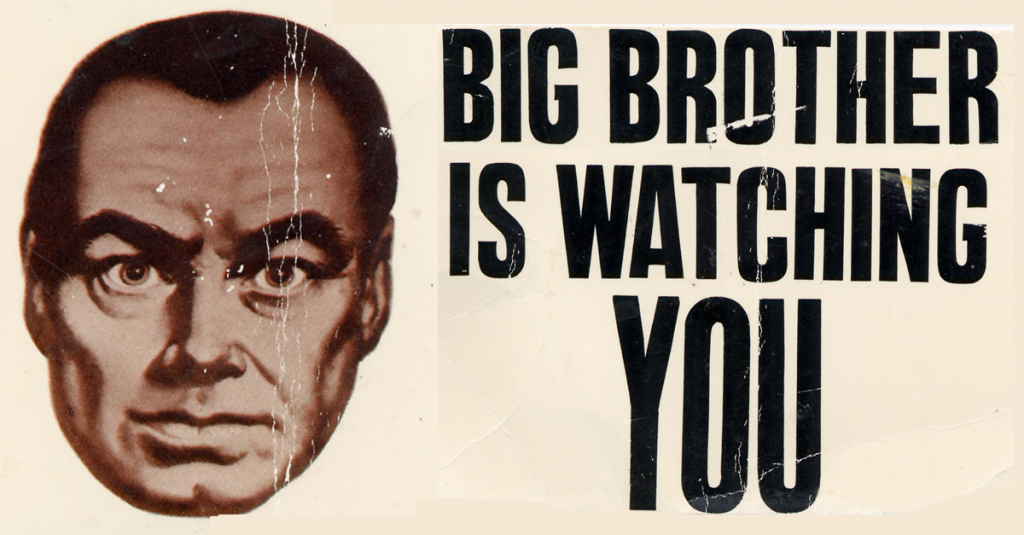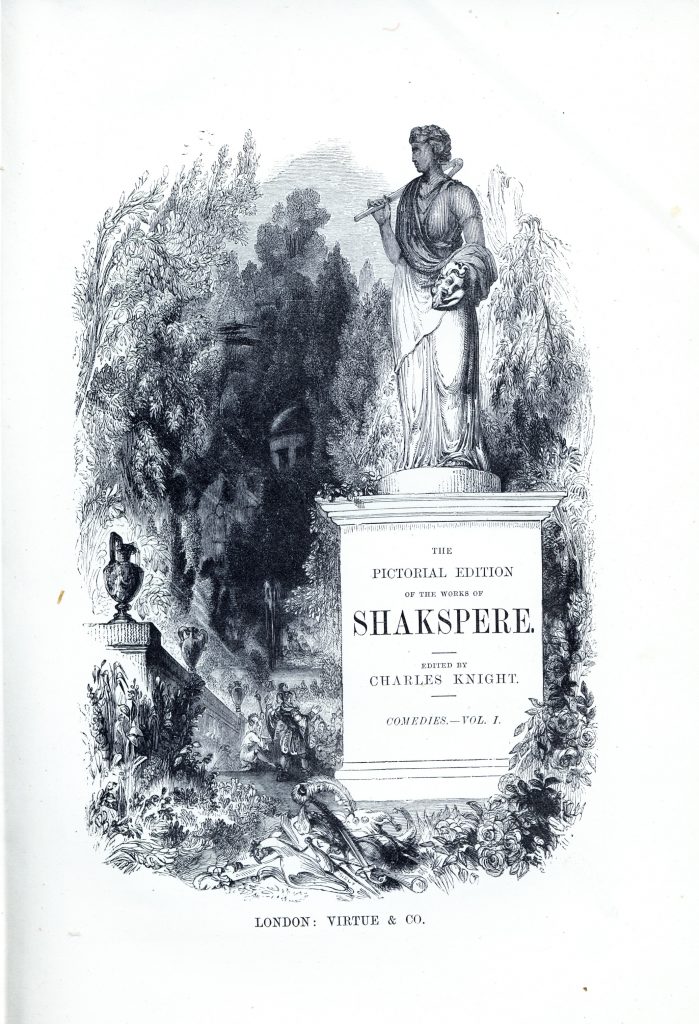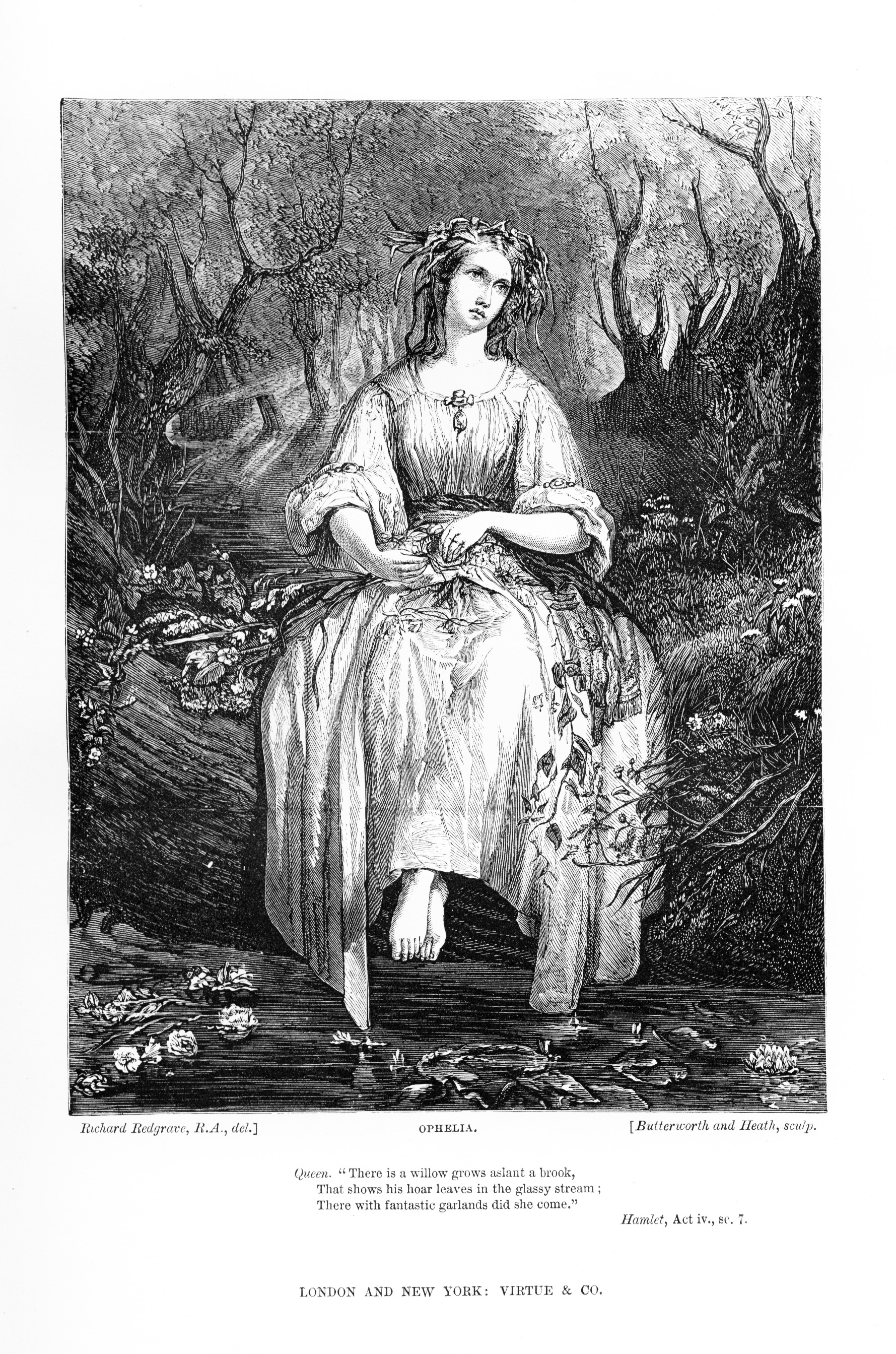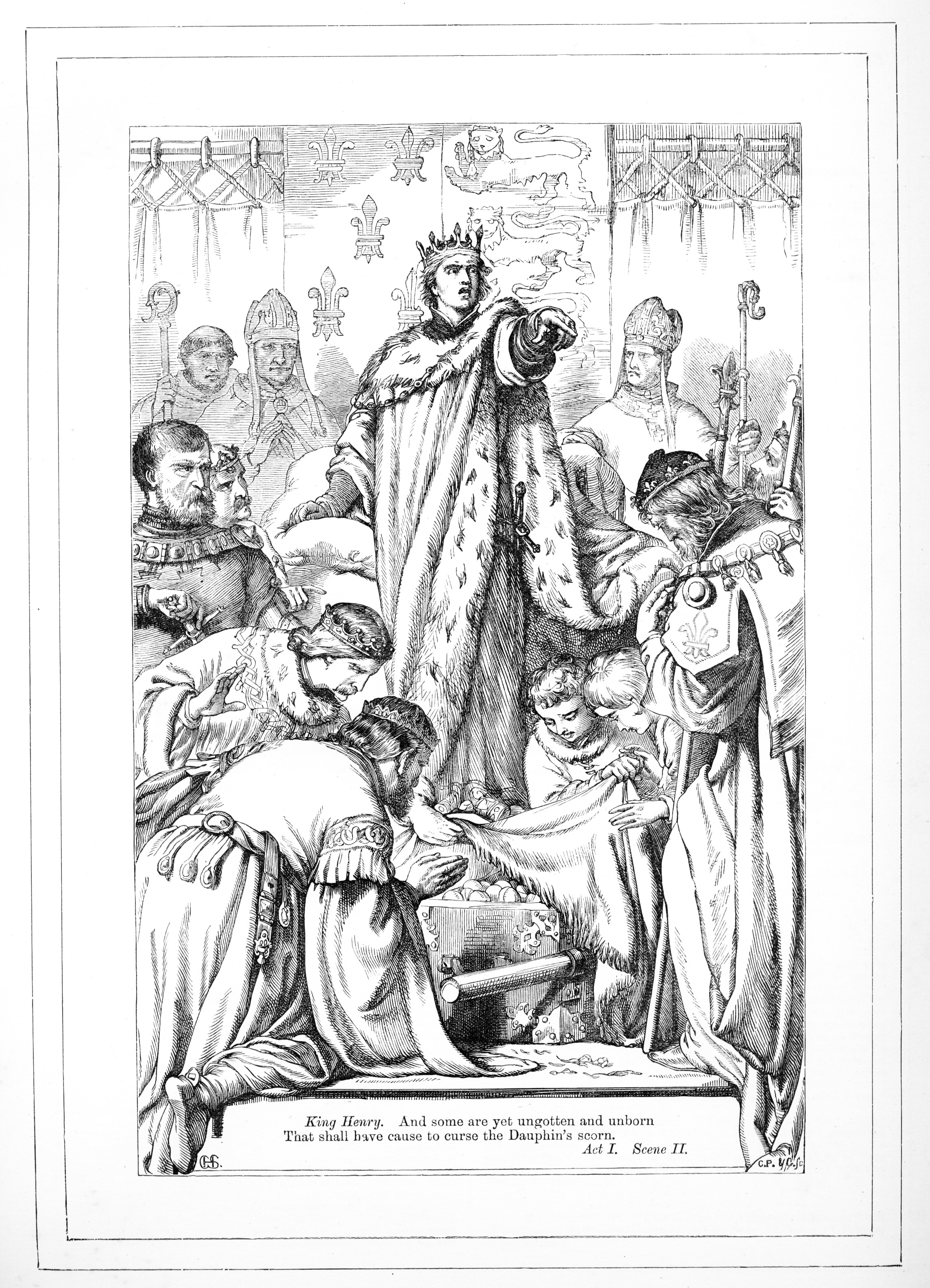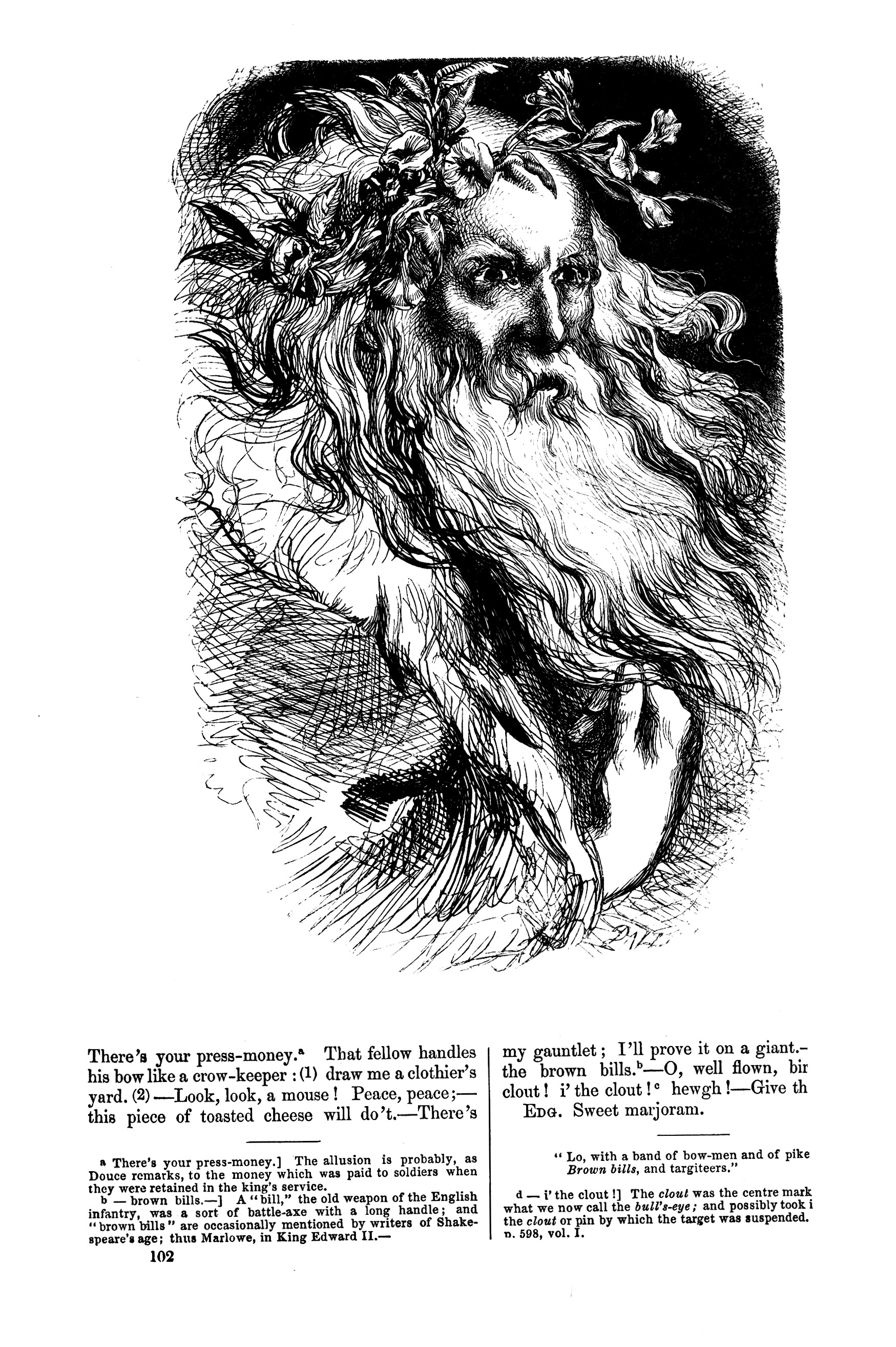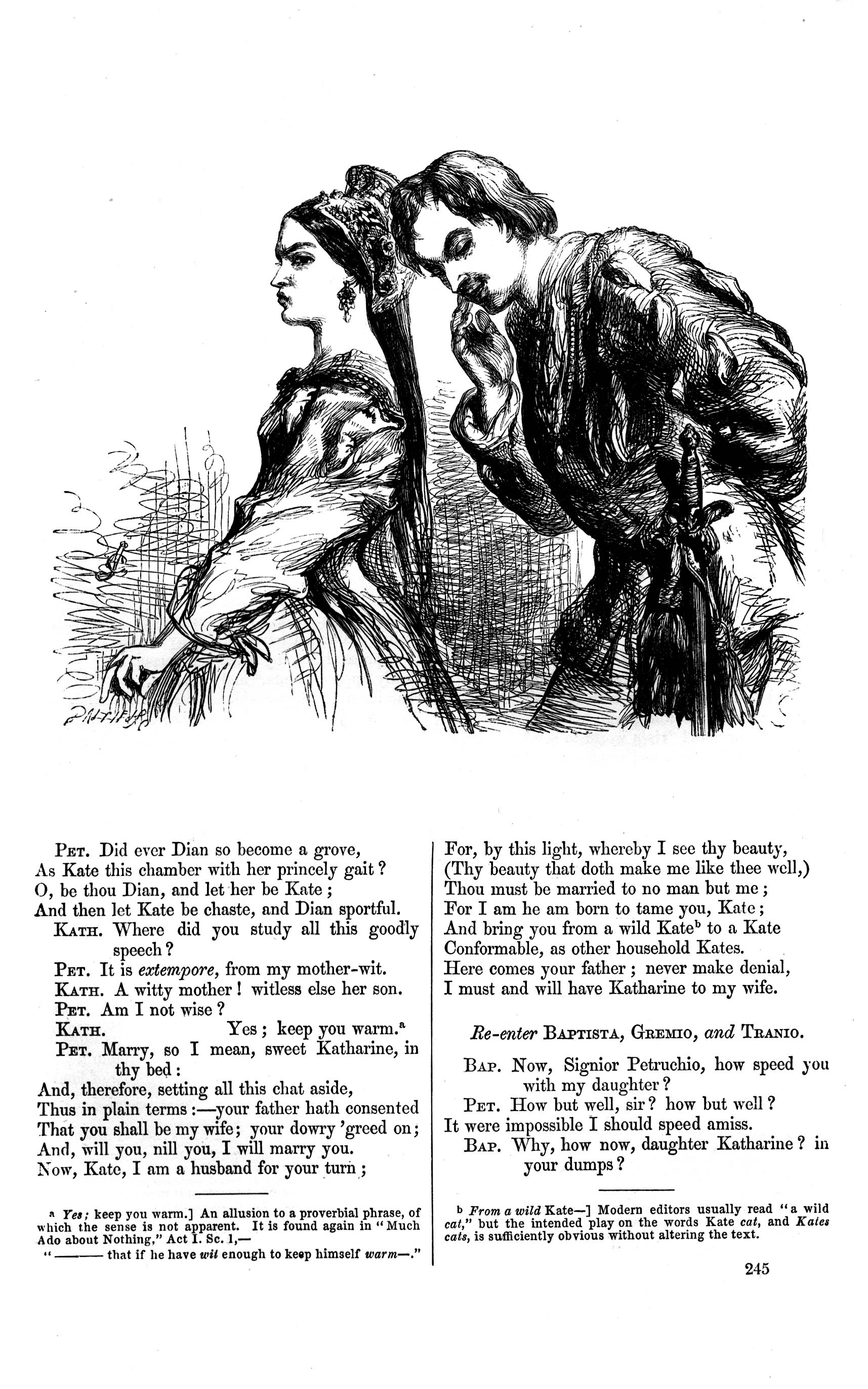Call us old fashioned but invoking pumpkin spice and The Rocky Horror Picture Show in the same breath feels transgressive to the point of sacrilege.
The creator of the Polyphonic video, above, is on much firmer footing tying the film to queer liberation.
Prior to its now famous cinematic adaptation, The Rocky Horror Show was a low budget theatrical success, with nearly 3,000 performances and the 1973 Evening Standard Theatre Award for Best Musical to its name.
Reviewer Michael Billington lauded Tim Curry’s “garishly Bowiesque performance” as Dr. Frank-N-Furter, the self-proclaimed Sweet Transvestite from Transsexual, Transylvania, but also acknowledged some drabber peacocks defying gender expectations in that production:
…for me the actor of the evening was Jonathan Adams as the Narrator: a bulky, heavy-jowled Kissinger-like figure who enters into the rock numbers with the stately aplomb of a dowager duchess doing a strip.
Playwright Richard O’Brien, who doubled as Frank-N-Furter’s sepulchral butler, Riff Raff, conceived of the show as a spoof on campy sci fi and gothic horror films in the Hammer Productions vein. He also owed a debt to glam rock, which “allowed me to be myself more.”
(Hats off, here, to Polyphonic for one of the best nutshell descriptions of glam rock we’ve ever encountered:
Glam rock was a queer led movement that was built on the back of gender non-conformity. Visually it was a hodgepodge of style from early Hollywood glamour to 50s pinups and cabaret theater augmented by touches of ancient civilizations sci-fi and and the occult.)
“The element of transvestism wasn’t intended as a major theme,” O’Brien told interviewer Patricia Morrisroe, “although it turned out to be one:”
I’ve always thought of Frank as a cross between Ivan the Terrible and Cruella de Ville of Walt Disney’s 101 Dalmations. It’s that sort of evil beauty that’s attractive. I found Brad and Janet very appealing too, especially the whole fifties image of boy-girl relationships. In the end, you see that Janet is not the weak little thing that society demands her to be and Brad is not the pillar of strength.
Audiences and critics may have loved the original show, but the film version did not find immediate favor. Reviewer Roger Ebert reflected that “it would be more fun, I suspect, if it weren’t a picture show:
It belongs on a stage, with the performers and audience joining in a collective send-up…The choreography, the compositions and even the attitudes of the cast imply a stage ambiance. And it invites the kind of laughter and audience participation that makes sense only if the performers are there on the stage, creating mutual karma.
A prophetic statement, as it turns out…
Once the producers began marketing the film as a midnight movie, repeat customers started coming up with the snarky callbacks that have become a de rigueur part of the experience.
“All the characters appear to be sophisticated, knowledgeable people but they’re really not,” O’Brien observed:
That allows people of a similar adolescent nature to feel they could be part of the whole thing. And now, in fact, they are.
Shadow casts positioned themselves in front of the screen, mimicking the action in cobbled together versions of designer Sue Blane’s costumes.
Audiences also afforded themselves the opportunity to dress outside the norm, creating a safe space where attendees could mess around with their gender expressions. The film may not end happily but that final scene is a great excuse for anyone who wants to take a lap in a corset and fishnets.
Rocky Horror’s flamboyance, humor, and defiance of the mainstream made it a natural fit with the queer community, with folks costumed as Frank-N-Furter, Riff Raff, Magenta and Columbia regularly turning up at fundraisers and pride events.
The film also deserves some activist street cred for saving a number of small indie movie theaters by fattening midnight box office receipts, a trend that continues nearly 50 years after the original release.
Admittedly, certain aspects of the script haven’t aged well.
“Virgins” attending their first live screening may be more shocked at the dearth of consent than the spectacle of Frank-n-Furter murdering Columbia’s rocker boyfriend Eddy with a pickaxe, then serving his remains for dinner.
Will they also recoil from Frank as an embodiment of toxic masculity in the queer space?
Quoth Columbia:
My God! I can’t stand any more of this! First you spurn me for Eddie, and then you throw him like an old overcoat for Rocky! You chew people up and then you spit them out again… I loved you… do you hear me? I loved you! And what did it get me? Yeah, I’ll tell you: a big nothing. You’re like a sponge. You take, take, take, and drain others of their love and emotion.
We’re hoping Frank, problematic though he may now seem, won’t ultimately be consigned to the dust bin of history.
For context, O’Brien recently told The Hollywood Reporter that the character was informed by his own experiences of cross-dressing as he tried to get a grip on his gender identity in the early 70s:
I used to beat myself up about the hand I was dealt. I don’t know how it works. I have no idea. I’ve read many tomes about the subject of the transvestic nature. It’s the cards you’re dealt. In a binary world it’s a bit of curse, really. Especially in those days when homosexuality was a crime. It’s just one of those things that western society wasn’t very keen on.
Real Content
1978 News Report on the Rocky Horror Craze Captures a Teenage Michael Stipe in Drag
Rare Interview: Tim Curry Discusses The Rocky Horror Picture Show, During the Week of Its Release (1975)
– Ayun Halliday is the Chief Primatologist of the East Village Inky zine and author, most recently, of Creative, Not Famous: The Small Potato Manifesto and Creative, Not Famous Activity Book. Follow her @AyunHalliday.
